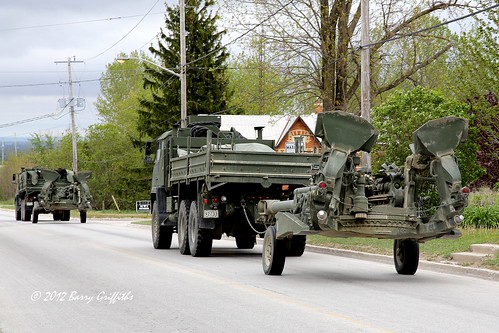- Reaction score
- 16,633
- Points
- 1,260
Most of the best gun barrel alloys (and a lot of Aerospace stuff) comes from Albert and Duval in France.
The issue would be drilling it, and rifling it.
As well as further heat treat and coatings.
I suppose one could anneal the steel to a softer state and cut then on older machines, then heat treat to the desired state. I know you can do that on smaller caliber barrels, but I haven’t seen it tried on anything past 25mm.
Watervliet Arsenal in NY does the cannon and tank barrels here, they have gone through a multi million modernization program in the last 10 years.
I suspect it would be a billion dollar program to get something capable in Canada going, that’s just the capital cost of the equipment and facility — let alone manufacturing and material costs.
So I’m not kidding when I say it would be at Least 2-3x more than a MOTS offering from a Ally (frankly looking at M109A6 and Archer costing - maybe 10-20x would be more realistic.
The issue would be drilling it, and rifling it.
As well as further heat treat and coatings.
I suppose one could anneal the steel to a softer state and cut then on older machines, then heat treat to the desired state. I know you can do that on smaller caliber barrels, but I haven’t seen it tried on anything past 25mm.
Watervliet Arsenal in NY does the cannon and tank barrels here, they have gone through a multi million modernization program in the last 10 years.
I suspect it would be a billion dollar program to get something capable in Canada going, that’s just the capital cost of the equipment and facility — let alone manufacturing and material costs.
So I’m not kidding when I say it would be at Least 2-3x more than a MOTS offering from a Ally (frankly looking at M109A6 and Archer costing - maybe 10-20x would be more realistic.


